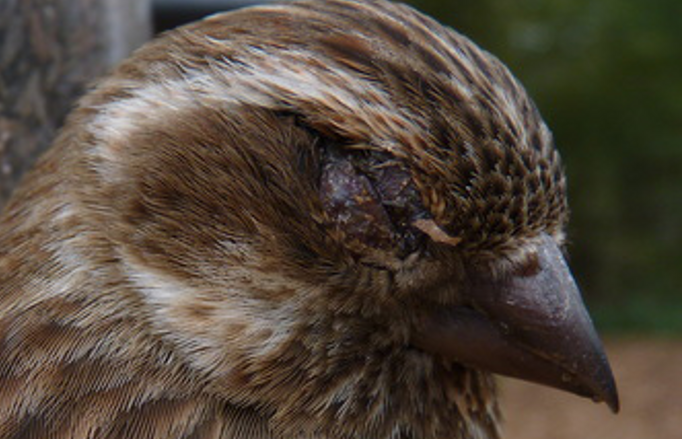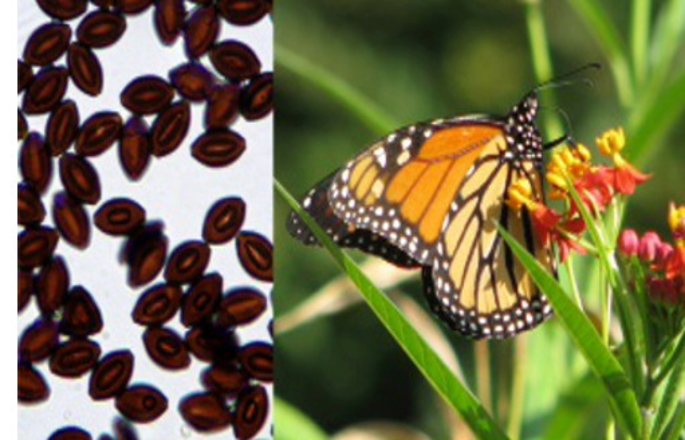Deforestation alters spillover risk of multi-host pathogens
Annalise Cramer, a student at Westfield State University, worked in the lab of Dr. Richard Hall Abstract Deforestation alters landscape configuration resulting in novel contacts between host species, which can promote pathogen spillover from wildlife to domesticated animals and humans. Given heightened awareness of zoonotic spillover, studies are urgently needed to understand how the rate


